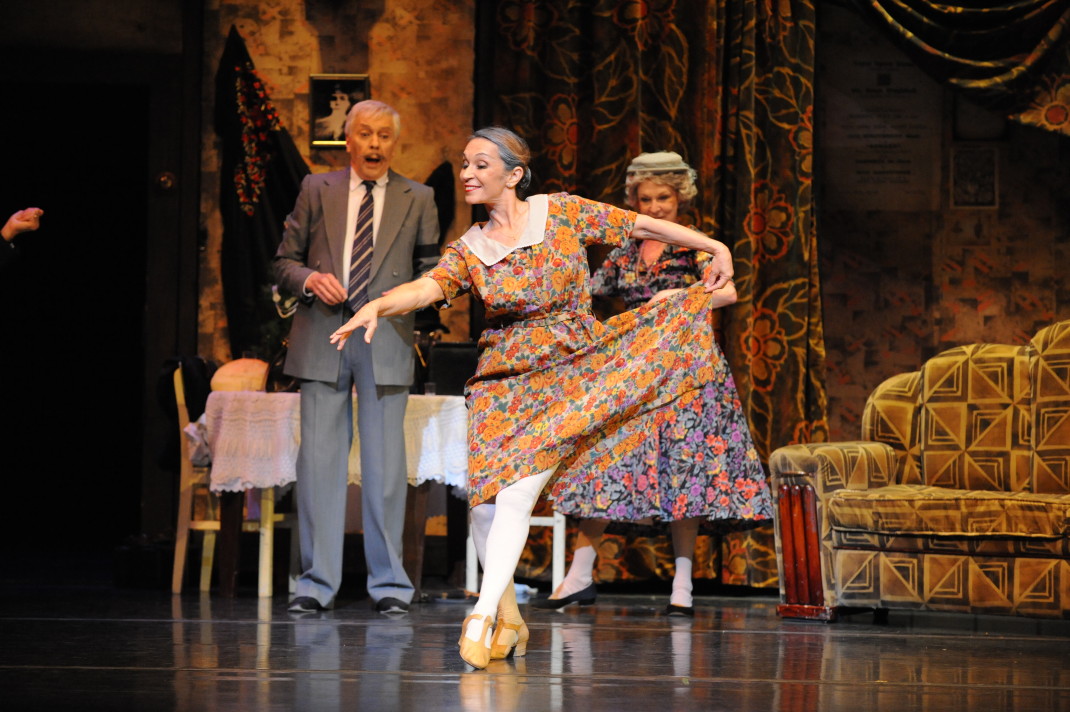The Canberra Times recently published ‘Pushing 50 but still dancing’, my preview of the Australian Ballet’s 2012 season.
What didn’t get covered in that article was the Australian Ballet’s use of the term ‘triple threat’ in relation to the triple bill of new Australian works by Graeme Murphy, Stephen Page and Gideon Obarzanek, which is due to open in Melbourne in February. In subscriber brochures and media material these three choreographers are being described as the ‘triple threat of Australian dance’.
At first sight this looks like a typo. I almost fell into the trap of thinking this way, but thanks to a watchful editor I escaped.* It’s probably not a typo (although one can never be sure) since a ‘triple threat’ is, it seems, someone who excels in three areas, be it in baseball (where perhaps the term originated to describe someone who can catch, bat and run with equal skill) or show business, where apparently it can mean having skills in any three areas of activity.
But a ‘triple threat’ can also be something rather than someone. It can be a sports bar of the edible variety (with three ingredients?), or a game show—check your favourite search engine for more. There is also an interesting opinion piece published in The Guardian in 2006.
So where does this leave the Murphy/Page/Obarzanek trio? What are the three areas in which we might expect them to excel in this triple bill? I am a little amused at the idea of being threatened by them or by what they come up with, but quite honestly I’d rather be challenged, excited, enthused, or any number of other more appropriate expressions. The use of ‘triple threat’ is a gimmick in my opinion and takes its place alongside those images of dancers in costumes representing no ballet and taking poses from no ballet, which the Australian Ballet is currently so fond of using. And I know that it’s a bit hard to put dancers in costumes that haven’t been made yet but this fashionista thing has been going on for a while now.
It is a real thrill to see the 50th anniversary program containing so much new Australian choreography and I can’t wait for the season to begin. But it would be equally thrilling to see the Australian Ballet proudly promoting itself as an organisation with an understanding of the qualities that make dance the great art form that it is, rather than as a bunch of people at the forefront of the latest trendy but artistically empty ideas.
Michelle Potter, 18 September 2011
*On the subject of typos, the ‘Pushing 50’ article notes, wrongly, that Canberra audiences have been seeing Graeme Murphy’s choreography since the 1960s. It should read the 1970s!
